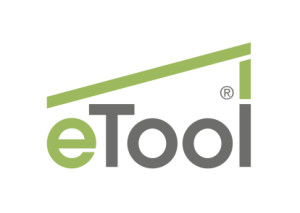Podcast: Play in new window | Download | Embed
How do you measure the impact of where stuff comes from, and why is this important?
Life Cycle Analysis
Measuring the overall impact of stuff is the objective of life cycle analysis, or LCA. The type of impacts considered in LCA include:
- Where the raw materials come from
- How far they have to travel
- The impact of the manufacturing process
- The distribution process
- End of life impacts
- The energy inputs required along the way
Why does LCA Matter?
LCA could be considered a measure of sustainability. The less the overall impact, the more sustainable a particular product or material is. If we want to create sustainable homes (and I think we all should), then we need to consider the impact of all the stuff we use to build. LCA provides a way of doing this using a common measure.
So how do you measure the impact of where stuff comes from?
Carbon as a Measure of Impact
The impacts at each stage of mining, milling, harvesting, refining, fabricating, transporting, using and deconstructing; can be converted the common metric of carbon. In general, the more carbon dioxide (or equivalent) released during all the life stages of the material or product, the higher the impact.
In some cases there will be lots of other impacts like:
- Water usage
- Impact on natural habitat and biodiversity
- Other chemicals released to the atmosphere or water streams
- Depletion of a non-renewable resource
Part of the role of LCA is to convert all these impacts into a common language and carbon happens to be a useful one.
LCA is Complicated
With so many factors involved at all the stages of producing a product, delivering it site, using it, and allowing for it after it’s design life, it’s easy to see how things can get complicated. Add to this composite products like framed windows, hot water systems and appliances that are made up of lots of materials, and it gets even more complicated.
Finally, there’s even more complication arising from the site-specific nature of transport costs.
Therefore LCA is something that has to be done specifically for each building design and in each location.
Making LCA Simple

The objective of eTool is to provide simple LCA for homeowners and designers to measure the impact of where stuff comes from.
eTool is the brainchild of Rich Haynes and Alex Bruce. I caught up with Alex and spoke to him about why he created eTool and how he sees the future of building.
Got a project in mind? Why not register and try out eTool for free?
Is Solar Power Sustainable?
In our interview, Alex explained that 15% of Australian households now have solar power generation. But is solar sustainable?
When someone asked Alex if it took more energy to make solar panels than what the panels were actually capable of generating, he didn’t know the answer. The search for that answer is partly what led, eventually, to eTool.
Book Recommendation
Alex’s book recommendation is Making Your Home Sustainable: A Guide to Retrofitting, by Derek Wrigley.

Leave a Reply